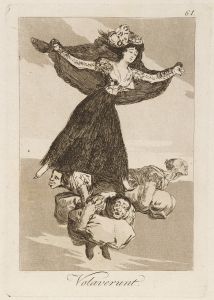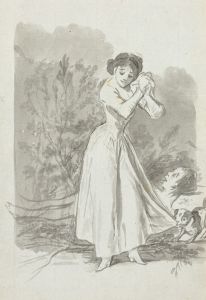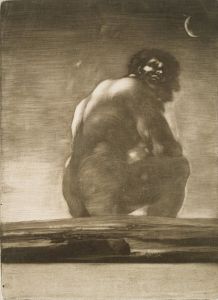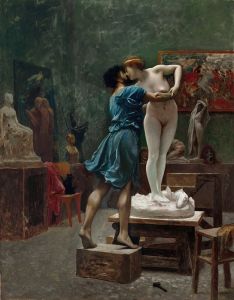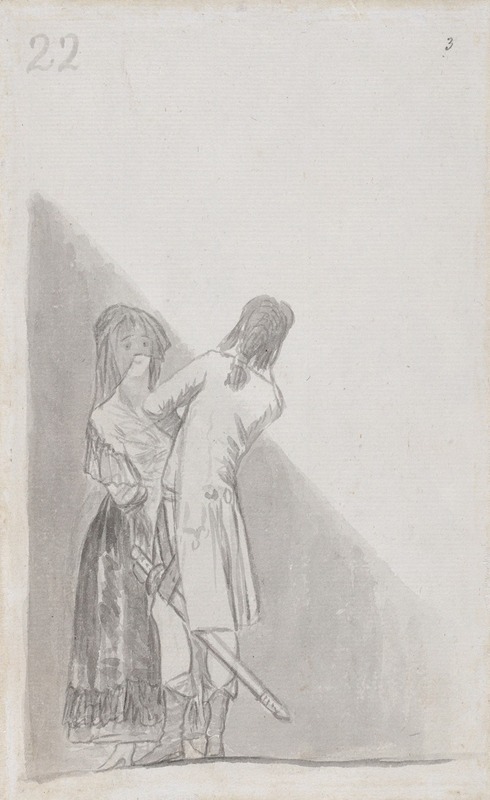
Maja and an officer
A hand-painted replica of Francisco de Goya’s masterpiece Maja and an officer, meticulously crafted by professional artists to capture the true essence of the original. Each piece is created with museum-quality canvas and rare mineral pigments, carefully painted by experienced artists with delicate brushstrokes and rich, layered colors to perfectly recreate the texture of the original artwork. Unlike machine-printed reproductions, this hand-painted version brings the painting to life, infused with the artist’s emotions and skill in every stroke. Whether for personal collection or home decoration, it instantly elevates the artistic atmosphere of any space.
Francisco de Goya, one of Spain's most renowned painters, created a wide array of works that capture the social and political nuances of his time. Among his extensive oeuvre is the painting "Maja and an Officer," which, like many of Goya's works, reflects his keen observation of human nature and society.
"Maja and an Officer" is a part of Goya's exploration of the maja and majo culture, which was prevalent in late 18th and early 19th century Spain. The term "maja" refers to a woman from the lower classes of Spanish society who was known for her flamboyant style and assertive demeanor. Similarly, a "majo" was the male counterpart. These figures were often depicted in Spanish art and literature as embodying the spirit and vibrancy of the common people, often in contrast to the more restrained and formal upper classes.
The painting itself portrays a maja and an officer in a moment of interaction. The maja is depicted with the characteristic attire and confident posture associated with her social archetype. The officer, dressed in a military uniform, represents the authority and structure of the time. The dynamic between the two figures can be interpreted as a reflection of the social tensions and interactions between different classes and societal roles in Spain during Goya's lifetime.
Goya's technique in "Maja and an Officer" is consistent with his broader body of work, characterized by a loose brushwork and a focus on capturing the essence of his subjects rather than minute details. This approach allows the viewer to engage with the emotional and psychological undercurrents of the scene. The use of light and shadow in the painting adds depth and drama, drawing attention to the expressions and gestures of the figures.
The painting is also notable for its composition, which directs the viewer's gaze towards the interaction between the maja and the officer. This focus on human interaction is a hallmark of Goya's work, as he often sought to explore the complexities of human relationships and societal structures.
While "Maja and an Officer" is not as widely recognized as some of Goya's other works, such as "The Third of May 1808" or "The Nude Maja," it remains an important piece for understanding the artist's engagement with the cultural and social themes of his time. Goya's ability to capture the spirit of an era through his portrayal of everyday figures and interactions is a testament to his skill and insight as an artist.
In summary, "Maja and an Officer" is a significant work by Francisco de Goya that encapsulates the artist's interest in the social dynamics of his time. Through his depiction of a maja and an officer, Goya offers a glimpse into the cultural landscape of Spain, highlighting the interactions and tensions between different societal roles.





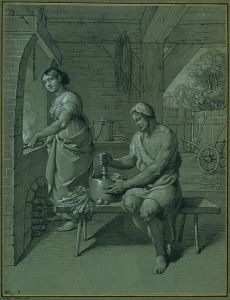
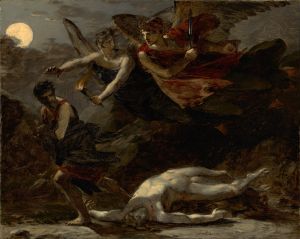
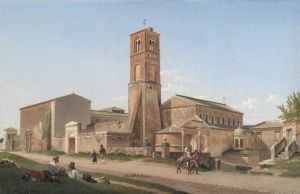
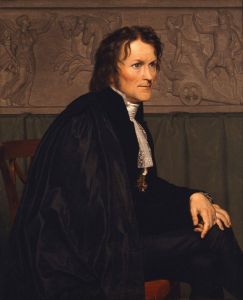
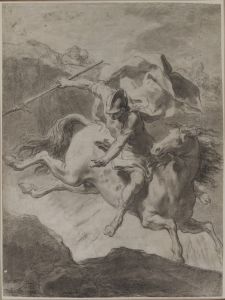
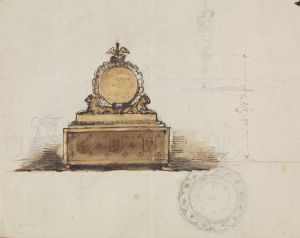
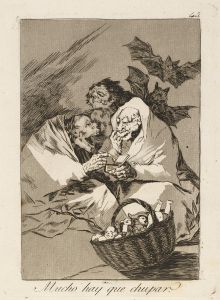
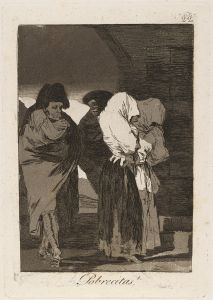
![There Is Something beneath the Sackcloth, i.e. You Can’t Judge a Man by His Clothes [The Men in Sacks]](/imgs/264663/s/francisco-de-goya-there-is-something-beneath-the-sackcloth-ie-you-cant-judge-a-man-by-his-clothes-the-men-in-sacks-eaec9eed.jpg)
